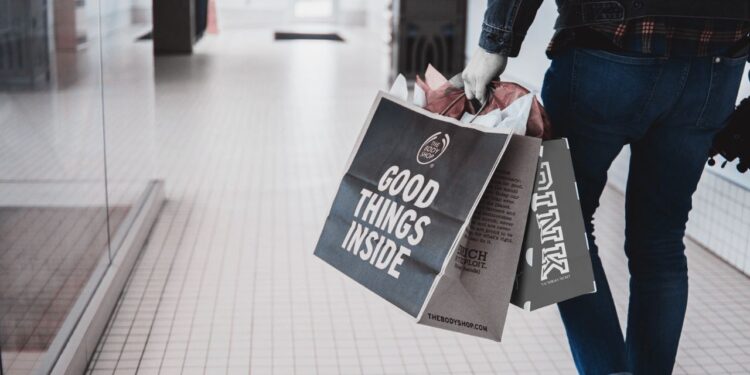What’s going on:
The month of April recorded a small surge in retail sales, a good sign for businesses everywhere. According to the U.S. Department of Commerce’s April Advance Monthly Sales for Retail and Food Services report published on Tuesday, retail sales increased by a noteworthy 0.4% from the previous month. The report tracks data pertaining to retail sales, demand for finished goods, furniture, and clothing — both in physical stores and online. It is important to note that these numbers are adjusted for seasonality, but not for inflation.
The data reveals that the slight increase in U.S. consumer spending was driven by online shopping, dining out, and car sales, according to The Washington Post.
Why it matters:
Consumer spending is an indicator for understanding the health of the labor market. It accounts for a major portion of U.S. economic activity. A strong labor market is essential for driving economic activity — which in turn may support positive economic growth. Reports reveal that April’s job market did contribute to this increase in consumer spending, because employers added 253,000 jobs in April with average hourly earnings growing by 0.5%, according to KDRV.
How it’ll impact the future:
Consumer spending may reflect how well businesses are facing challenges in expanding operations and taking on new projects. If consumer spending goes down, it could be an indicator that job opportunities are becoming scarcer, potentially leading to increased unemployment rates. This could result in a negative cycle where reduced consumer spending leads to further layoffs and economic slowdown.
The data suggests that consumer spending may be affected by negative factors as well — such as a weakening job market, rising inflation, and tightening credit conditions. These negative factors could lead to job losses and changes in consumer spending patterns, impacting various industries and the overall economy.


 Dr. Gleb Tsipursky – The Office Whisperer
Dr. Gleb Tsipursky – The Office Whisperer Nirit Cohen – WorkFutures
Nirit Cohen – WorkFutures Angela Howard – Culture Expert
Angela Howard – Culture Expert Drew Jones – Design & Innovation
Drew Jones – Design & Innovation Jonathan Price – CRE & Flex Expert
Jonathan Price – CRE & Flex Expert











